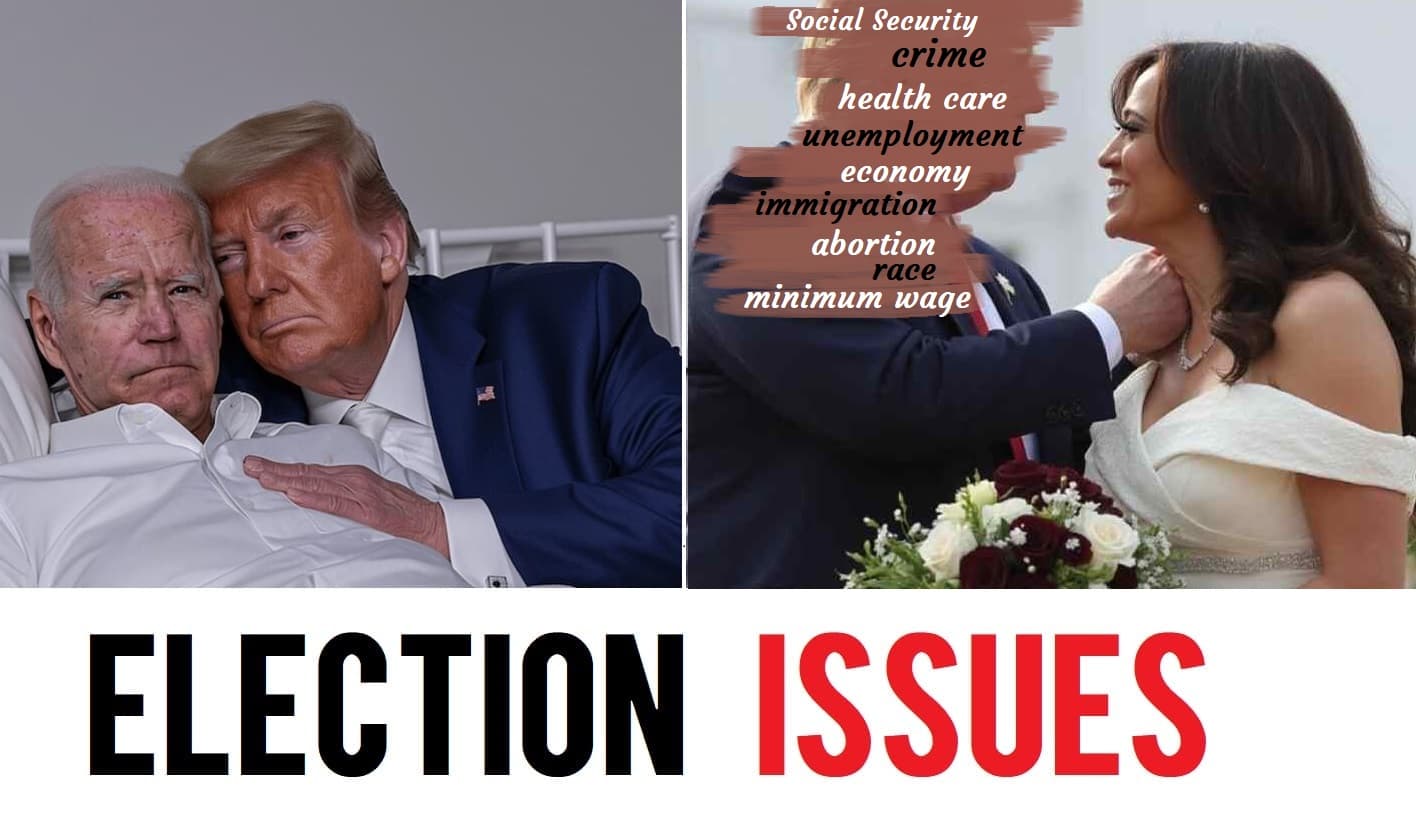
Key Takeaways
- Media Influence: Media stories can significantly impact how you view crime and policing.
- Voter Demographics: Your age, race, and education shape your opinions on law enforcement policies.
- Community Safety: Concerns about safety influence how candidates campaign and what policies they propose.
- Crime Perception: How you perceive crime affects whether you support federal or state law enforcement strategies.
This guide will help you understand how media, demographics, and safety concerns shape political campaigns and voter opinions on law enforcement.
The Impact of Media Narratives on Voter Opinions About Crime and Law Enforcement
How Media Shapes Your Views
The media has a powerful influence on how we think about crime and policing. News reports, social media posts, and even entertainment can shape our perceptions. Here’s how:
- News Stories: If the media covers violent crimes extensively, it can increase your fear of crime and make you more likely to support tougher law enforcement measures.
- Social Media: Platforms like Twitter and Facebook spread both news and opinions quickly. This can amplify certain viewpoints and shape public opinion on police practices and criminal justice reforms.
Example: Continuous news coverage of a high-profile police incident can lead to increased public support for investigations and reforms, while less coverage of successful community policing efforts might undermine their perceived effectiveness.
How Voter Demographics Influence Preferences for Law Enforcement and Public Safety Policies
Demographics Play a Key Role
Your background affects how you view law enforcement and public safety. Let’s break it down:
- Age: Younger voters often lean towards reforming police practices and increasing transparency, while older voters might prioritize maintaining strong law enforcement to ensure safety.
- Race and Ethnicity: Different racial and ethnic groups may have varying concerns about police practices. Communities of color often advocate for reforms to address biases and improve accountability.
- Education: Higher levels of education are linked with support for criminal justice reforms and greater scrutiny of law enforcement practices.
Example: A young, educated voter might support policies like body cameras and independent oversight, while an older, less educated voter might back increased police funding and traditional law enforcement approaches.
The Role of Community Safety Concerns in Shaping Electoral Campaign Strategies for 2024
Safety Concerns Drive Campaigns
Community safety is a major focus for many political campaigns. Candidates often tailor their strategies based on voters’ safety concerns:
- High Crime Areas: Candidates may promise to increase police presence and funding.
- Low Crime Areas: Candidates might focus on promoting community-based safety programs and criminal justice reforms.
Example: In regions with high crime rates, candidates might emphasize their plans to bolster police resources, while in areas with lower crime rates, they might highlight their commitment to innovative safety programs and community engagement.
Analyzing the Effect of Law Enforcement Priorities on Public Support for Criminal Justice Policies
Priorities Shape Public Support
Law enforcement priorities can impact public support for various criminal justice policies. Here’s how:
- Tougher Policing: If the priority is on combating crime aggressively, you might see support for stricter laws and increased police funding.
- Reform Focused: If the priority shifts to addressing systemic issues within law enforcement, there might be more support for reforms like reducing mandatory minimum sentences and improving police training.
Example: In a community where aggressive crime fighting is a priority, voters might support policies that increase police budgets and expand law enforcement powers. Conversely, if the focus is on reform, support might lean towards initiatives that promote police accountability and community-based approaches.
Comparative Study of Biden and Trump Supporters’ Views on Police Accountability and Reform
Biden vs. Trump Supporters
Supporters of Biden and Trump have different views on police accountability and reform:
- Biden Supporters: Tend to favor policies that increase police accountability, such as body cameras and civilian review boards, and support broader criminal justice reforms.
- Trump Supporters: Often prioritize strong law enforcement measures, including increased funding for police and maintaining tough-on-crime policies.
Example: Biden supporters might advocate for greater oversight and transparency in policing, while Trump supporters might back policies that focus on enhancing police capabilities and maintaining public order.
The Influence of Age and Education on Public Attitudes Toward Criminal Justice System Fairness
Age and Education Shape Attitudes
Your age and education level can significantly impact how you view the fairness of the criminal justice system:
- Age: Older individuals might be more inclined to support traditional law enforcement practices, while younger people often push for reforms and measures to address systemic inequalities.
- Education: Higher education levels are generally associated with support for criminal justice reforms and a more critical view of existing law enforcement practices.
Example: An older, less educated voter might support policies aimed at enhancing law enforcement resources, whereas a younger, more educated voter might favor reforms aimed at addressing racial disparities and improving the criminal justice system.
How Racial and Ethnic Backgrounds Affect Opinions on Police Respect and Suspects’ Rights
Backgrounds Impact Opinions
Racial and ethnic backgrounds play a crucial role in shaping opinions on police respect and suspects’ rights:
- Communities of Color: Often advocate for changes to address racial profiling and ensure fair treatment by law enforcement.
- Other Groups: Might focus on maintaining law and order and ensuring that suspects’ rights are upheld without compromising public safety.
Example: African American and Latino communities might support policies aimed at reducing racial profiling and increasing police accountability, while other groups might emphasize the importance of upholding suspects’ rights while maintaining effective policing.
The Role of Crime Perception in Shaping Public Support for Federal vs. State Law Enforcement
Federal vs. State Policing
How you perceive crime can influence whether you support federal or state law enforcement strategies:
- High Crime Perception: You might favor federal intervention and national standards for policing to address widespread issues.
- Low Crime Perception: You might support state and local control, focusing on community-specific solutions.
Example: In areas where crime is perceived as a major issue, there might be greater support for federal assistance and oversight. In contrast, in regions with lower crime rates, there might be a preference for state and local control over policing strategies.
Comparative Analysis of Media Coverage and Public Perceptions of Crime and Policing
Media Coverage vs. Public Perception
Media coverage of crime and policing can significantly shape public perception:
- Extensive Coverage: Can increase fear and support for tougher law enforcement measures.
- Limited Coverage: May result in less public concern and support for reform.
Example: If the media extensively covers a rise in violent crime, it can lead to increased public support for stronger policing measures. Conversely, if media coverage highlights successful community policing efforts, it can boost support for reform-oriented policies.
The Impact of Voter Demographics on Attitudes Toward Criminal Justice Reform and Law Enforcement Policies
Demographics Drive Attitudes
Voter demographics have a significant impact on attitudes toward criminal justice reform and law enforcement policies:
- Age: Younger voters often support reform, while older voters may prioritize traditional law enforcement.
- Race and Ethnicity: Different racial and ethnic groups may have varying concerns about police practices and criminal justice policies.
- Education: Higher education levels are linked with greater support for criminal justice reforms and critical views on law enforcement practices.
Example: A diverse electorate might have a broad range of opinions on criminal justice policies, with younger, educated voters supporting reform and older, less educated voters focusing on maintaining strong law enforcement.
Conclusion
Understanding the influence of media narratives, voter demographics, and perceptions of crime on public opinion helps you grasp how these factors shape political campaigns and policy preferences. By considering these elements, you can better understand how candidates address your concerns and tailor their messages. For more insights into these topics, check out sources like Pew Research Center and Bureau of Justice Statistics.








